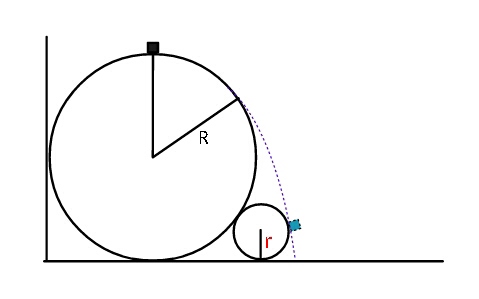
AllQuestion and Answers: Page 1161
Question Number 100980 Answers: 0 Comments: 0
Question Number 100976 Answers: 0 Comments: 1
Question Number 100971 Answers: 1 Comments: 0
Question Number 100969 Answers: 1 Comments: 0
Question Number 100968 Answers: 2 Comments: 0
Question Number 100967 Answers: 1 Comments: 0
Question Number 100966 Answers: 0 Comments: 3
Question Number 100965 Answers: 0 Comments: 0
Question Number 100960 Answers: 0 Comments: 1
Question Number 100994 Answers: 1 Comments: 0
Question Number 100956 Answers: 2 Comments: 0

Question Number 100954 Answers: 2 Comments: 1
Question Number 100951 Answers: 0 Comments: 4

Question Number 100947 Answers: 0 Comments: 2
Question Number 100943 Answers: 1 Comments: 0
Question Number 100928 Answers: 2 Comments: 2

Question Number 100920 Answers: 1 Comments: 2
Question Number 106447 Answers: 1 Comments: 0
Question Number 100916 Answers: 1 Comments: 0
Question Number 100912 Answers: 0 Comments: 0
Question Number 100904 Answers: 3 Comments: 3
Question Number 100902 Answers: 0 Comments: 1
Question Number 100899 Answers: 1 Comments: 0
Question Number 102172 Answers: 0 Comments: 1

Question Number 100891 Answers: 1 Comments: 0
Question Number 100887 Answers: 0 Comments: 0

Pg 1156 Pg 1157 Pg 1158 Pg 1159 Pg 1160 Pg 1161 Pg 1162 Pg 1163 Pg 1164 Pg 1165
